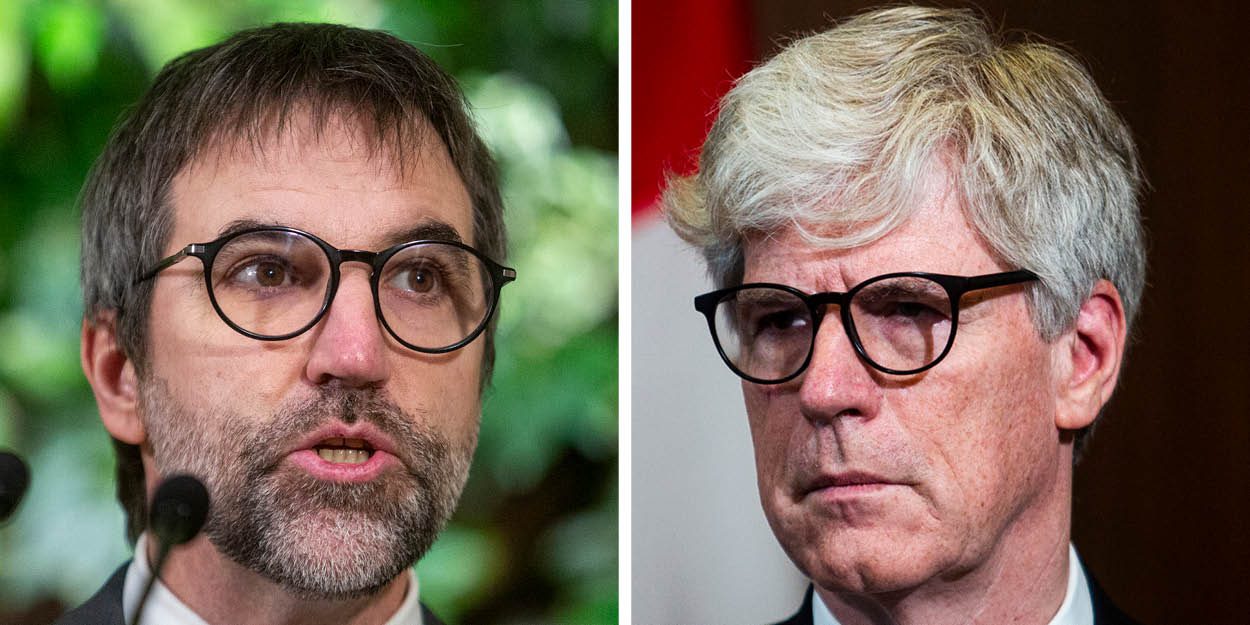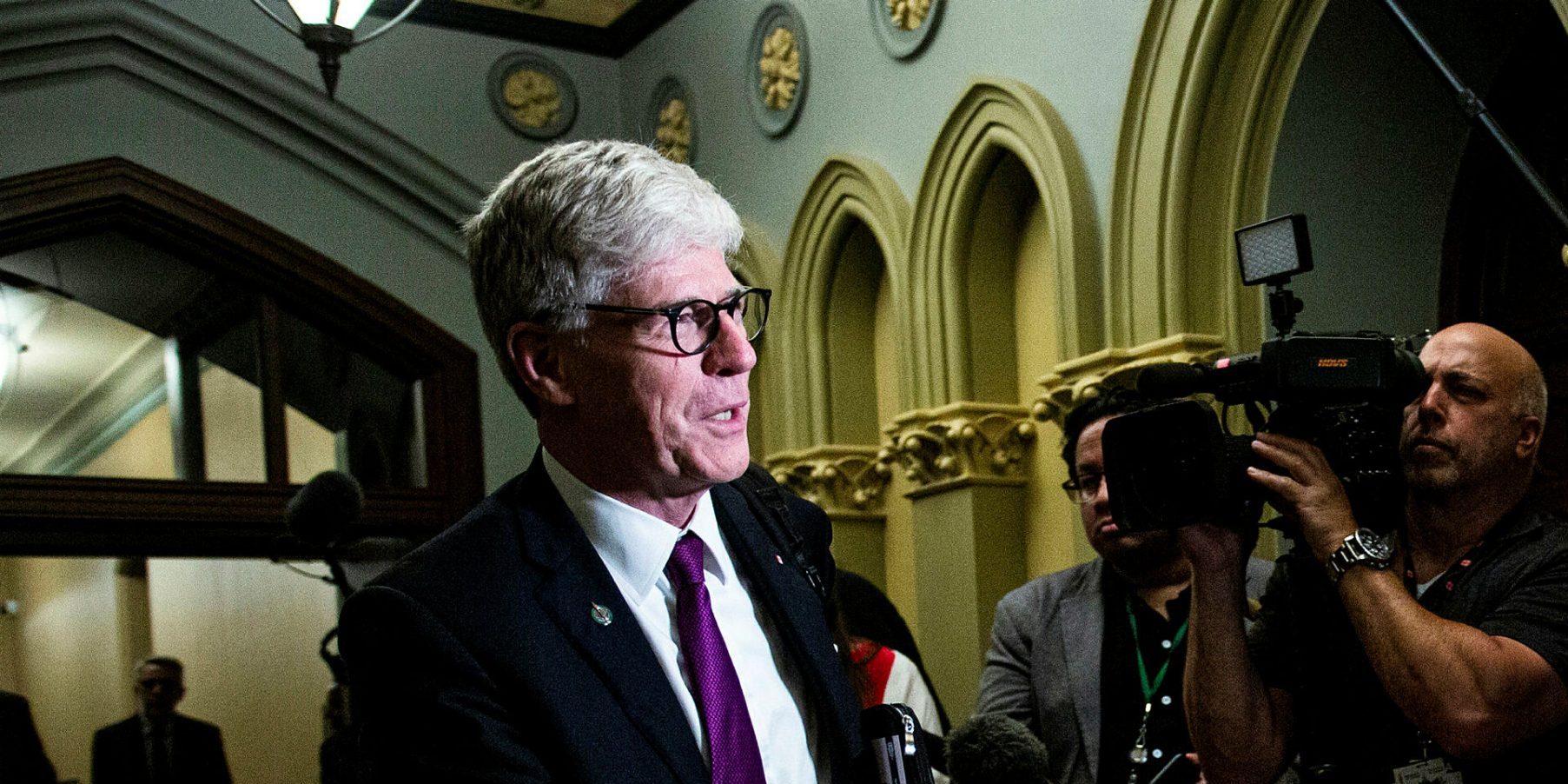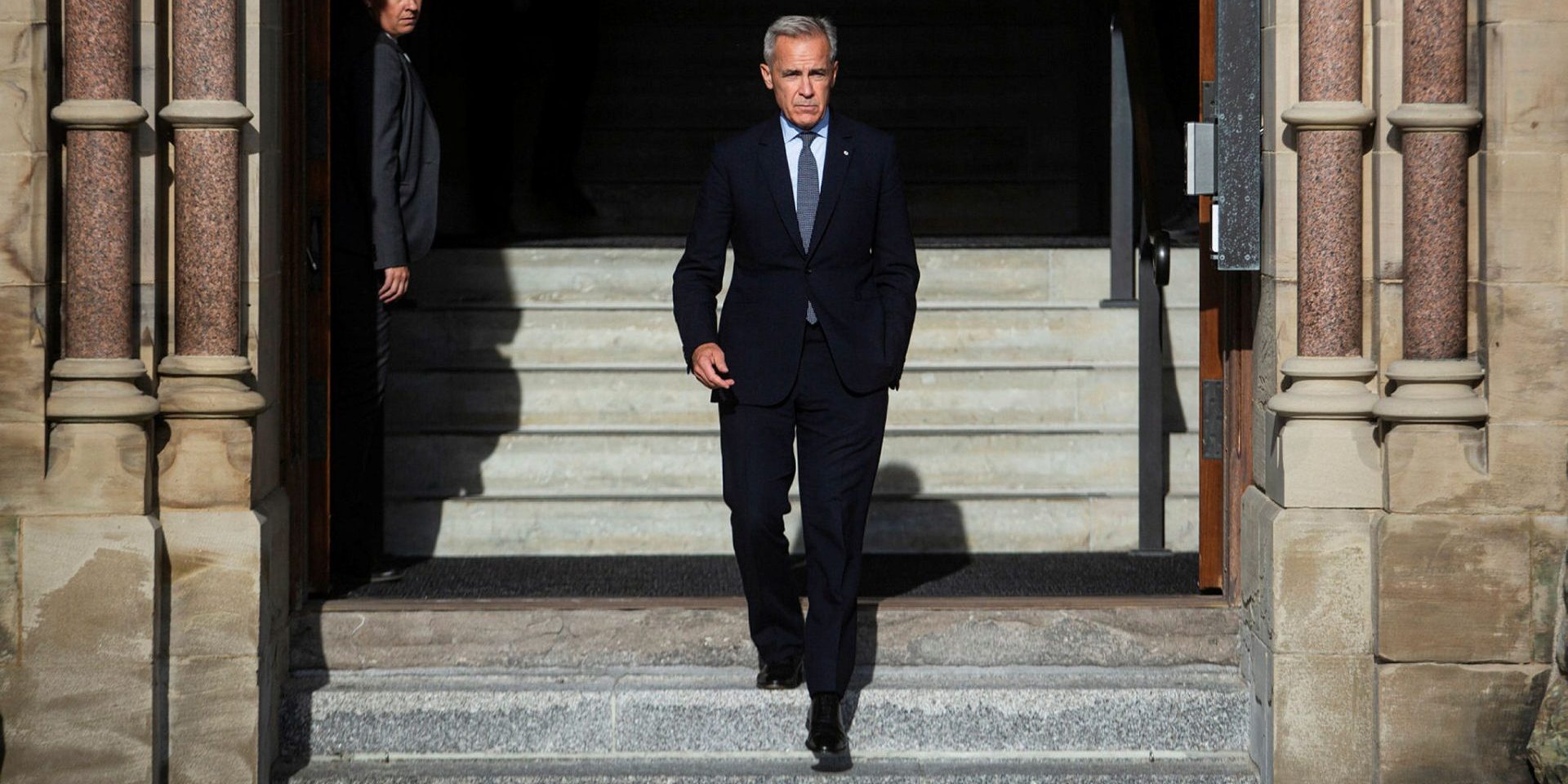Pipelines or pipe dreams?

TORONTO—We all dream, but most of our dreamy ideas and plans are either not possible, or do not pan out. If some do, they may not be worth the cost. That may be the case with new pipelines. Their costs might be much more than economic. A pipeline may have devastating effects on social stability (ask Indigenous communities along proposed routes), the environment (ask climate change activists), and they may lead to unforeseen political tremors.
History offers a sobering instance of a government undone by a pipeline. Riding high in the late 1950s after 22 uninterrupted years in office, the Liberals were summarily turfed because of a parliamentary debate about an Alberta-to-Quebec natural gas pipeline proposal that all the political parties supported.
Then, cracks occurred over the details. Some cabinet members wanted the pipeline to be publicly owned and jointly financed by Ottawa and the affected provinces. Other cabinet members wanted it to be privately owned and constructed speedily; this was also the position of the Alberta-anchored Social Credit party. The Conservatives insisted that the pipeline be Canadian owned and controlled, not by the American-dominated syndicate proposing it. The NDP’s forerunner, the CCF, wanted it to operate as a federal Crown corporation. By invoking closure on the bill to underwrite the project at a time when closure was a rarity, the government triggered a wild, bitter, and tense parliamentary debate that mesmerized the public. The Conservatives labelled closure a “dictatorship,” while the CCF said the Liberals were resorting to a “guillotine.” Shouts of “shame” echoed in the Chamber. The upshot: the Liberals lost the impending election.
At the June 2 first ministers’ meeting chaired by Prime Minister Mark Carney, upbeat participants described pipelines as a priority: Ontario Premier Doug Ford termed the meeting the best he had attended in a decade, although he had been in power for only seven years. Before the meeting, Premier François Legault had opened Quebec’s long-closed door to the possibility of a new pipeline which would allow Alberta oil to reach the Atlantic coast. Western premiers spoke of western energy corridors, including pipelines, stretching from British Columbia to the port of Churchill, Man.
Newfoundland and Prince Edward Island were not interested in pipelines for the same reason that they refused to join Confederation as in the 1860s. At that time, the Upper and Lower Canadian offer of an Intercolonial Railway—the pipeline of its day—succeeded in enducing Nova Scotia and New Brunswick to join, but it was irrelevant for the two island economies. As Newfoundland’s outgoing premier Andrew Furey said in May: “We don’t need pipelines.”
Comity evaporated within hours of the June meeting; “Kumbaya” gave way to “Most Likely You Go Your Way (And I’ll Go Mine).” B.C.’s David Eby poured cold water on the idea of a new line carrying bitumen from Alberta through his province. Like Eby, Legault announced he would make no effort to attract a pipeline. The federal Bloc Québécois opposes pipelines in the province as does Québec Solidaire, while the Parti Québécois, which leads the polls in Quebec, has shown only skepticism.
There are cracks in the federal cabinet, too: Energy Minister Tim Hodgson favours new pipelines, while Canadian Culture Minister Steven Guilbeault cautions that both global and national demand for fossil fuels will soon peak, plateau, and decline.
Will it? The jury is still out; projections by energy experts don’t jibe. OPEC secretary-general Haitham al-Ghais says there is “no oil demand peak on the horizon.” He projects that “global primary energy demand is going to increase by a staggering 24 per cent from now to 2050.” The International Energy Association is less sanguine: “changes in the energy sector are now moving fast enough to deliver a peak in oil and gas demand by the end of this decade,” and “oil and gas demand [will] decline by around two per cent each year on average to 2050.” Its projection is based on the current governments’ policy postures, but we know that they can shift quickly. The IEA forecast assumes that all climate commitments made in 2021 by governments and industries around the world will be met in full and on time.
After a peak in consumption in the United States in the 1970s, talk of “peak oil” peaked in the 1980s. By 2018, that peak in American consumption was exceeded and continues to rise. Like the federal government, the Canadian public now supports new pipeline projects. Such projects may, however, turn out to be fanciful. If new pipelines are built, will they become stranded assets like the Keystone XL pipeline?
Some dreams become nightmares in retrospect.
Nelson Wiseman is professor emeritus of political science at the University of Toronto.
The Hill Times





 LICENSING
LICENSING PODCAST
PODCAST ALERTS
ALERTS


